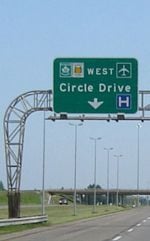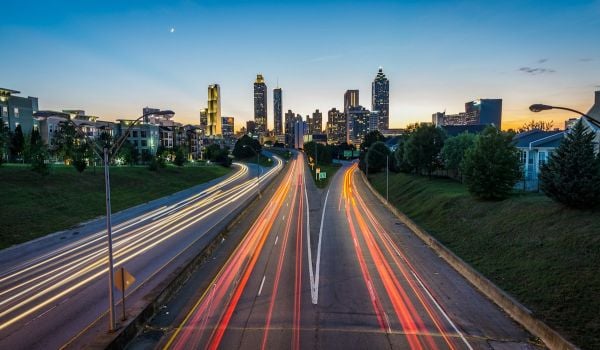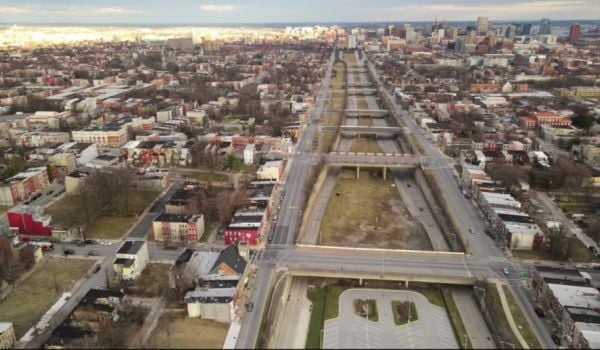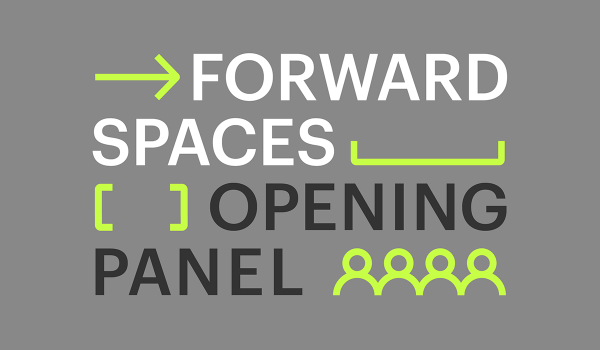If you click here, you can read an entire detailed style guide on America’s road signs. The spacing between the S and the T in our stop signs, the thickness of the red boarder in our yield signs—it’s all explained in the U.S. Department of Transportation’s Federal Highway Manual on Uniform Traffic Control Devices.
The font on those directional signs leading you to “Phila. Intl. Airport” is called “Highway Gothic.” It was created in the 1950s after much research by the Truman and Eisenhower administrations on what kind of font is easiest to read at high speeds. Why is it changing? Well, cars move faster now than they did back then. The new font is called “Clearview”—taller, narrower and representative of the fonts we see on European road signs. In September of 2004, Clearview was granted interim approval for use on American road signs and is expected to gradually replace the FHWA (Highway Gothic) typefaces over the next few decades.
Talk of fonts may be a little tech-nerdy to some, but there a lot of though behind the selection and usage of each system. When redesigning Next American City’s website and magazine, we chose three new fonts—Gotham, Stag and Delicato. Gotham was selected because of it’s “metropolis” feel. It was developed as a masculine font for GQ magazine, and developed into the fonts for Philadelphia City Hall and even Barack Obama. Not to say that NAC is going masculine (my bosses are all female), but the font gives the concept of cities a dynamic personality. Not to say that females aren’t dynamic…you get the point.
We paired Gotham with Stag and Delicato to let pages breathe—parallel to our beliefs that cities should breathe and have open space. We’re clever, eh? Not really we, but our designer, Keith Webb, who went to school for this sort of thing.
Think about the urgency of a stop sign and refer back to the FHWA style guide. See how these signs are engineered for maximum visibility, easy identification and emotional response. When experts look at certain areas of infrastructure that aren’t working – there’s a lot more to it than aesthetics.
Just thought you might find this interesting.
















